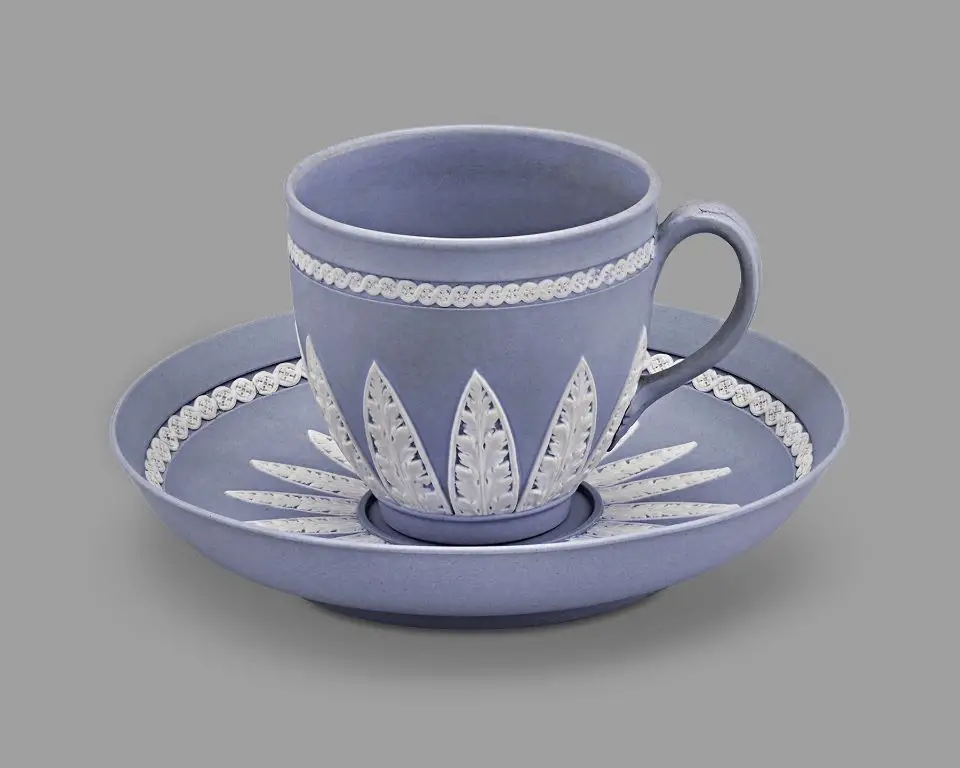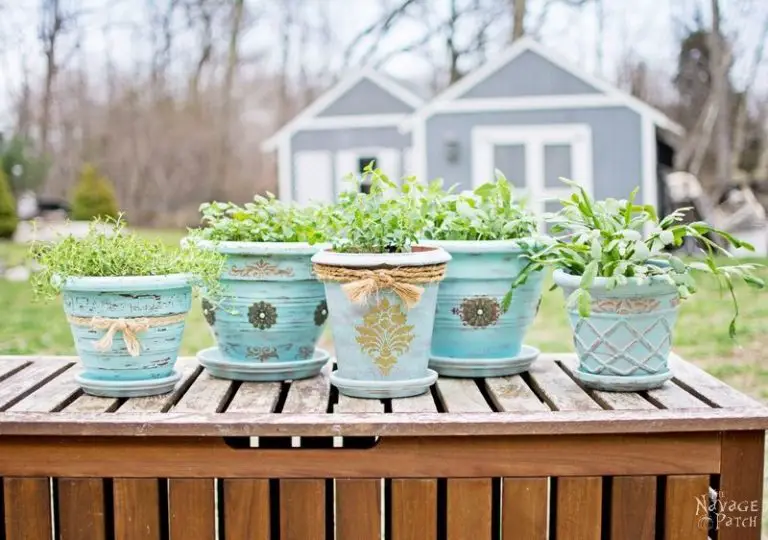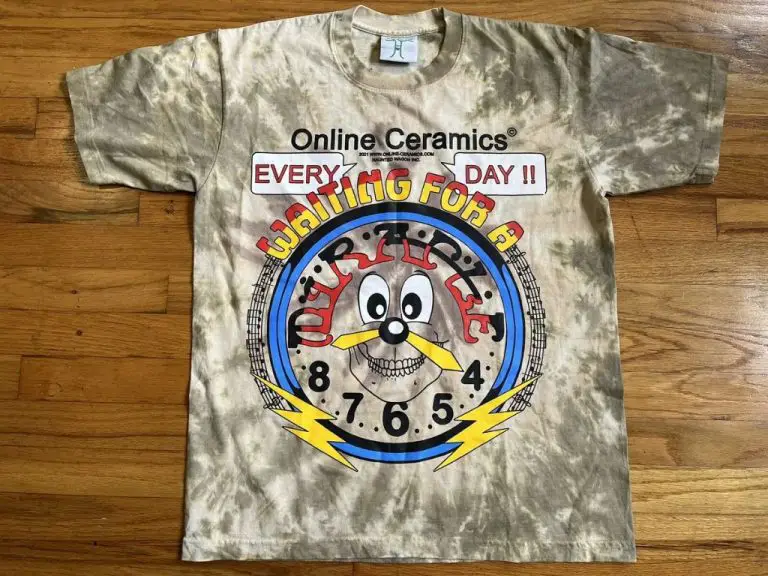Is Wedgewood Worth Anything?
A Brief History of Wedgwood
Wedgwood was founded in 1759 by Josiah Wedgwood in the English city of Stoke-on-Trent. Josiah came from a family of potters but sought to raise the craft to new levels of artistry and refinement. He pioneered new techniques like his signature matt “Jasperware” with white, neoclassical reliefs on colored backgrounds, most famously pale blue
Wedgwood gained acclaim for its high-quality pottery and porcelain, catching the attention of royalty including Queen Charlotte, wife of King George III. The company received its first royal appointment in 1762. Famous commissions include a 952-piece “Green Frog Service” for Empress Catherine the Great of Russia and elaborate tableware designed for the British royal family.
Throughout its 260+ year history, Wedgwood has continued as a prestigious British brand supplying pottery, chinaware and other wares to nobility, heads of state, and discerning consumers worldwide. Its clean, neoclassical style and technical innovations solidified Wedgwood as a leader of the Neoclassical and 19th century Classical Revival movements.
Types of Wedgwood Pieces
Wedgwood is known for producing a diverse range of porcelain and pottery items over its 250+ year history. Some of the most popular and prized Wedgwood pieces include:

Tableware – Elegant dining and serving pieces like plates, bowls, and mugs have long been a Wedgwood specialty. Families often passed down sets of Wedgwood dishes and tea sets from generation to generation. Popular tableware patterns include Queensware, Blue Onion, and Johnson Brothers.
Teaware – Intricately designed teapots and tea sets are another Wedgwood trademark. From its early days, the company aimed to produce teaware worthy of British royalty and aristocracy. Some of the most prized antique Wedgwood teapots can sell for thousands of dollars today. Jasperware teapots and cups are especially sought after (source).
Decorative vases and figurines – In addition to tableware and teaware, Wedgwood is renowned for decorative items like vases, candlesticks, and figurines made from fine bone china or jasperware. The company’s artisans have created countless ornate designs inspired by Greek and Roman antiquities.
Jasperware – This iconic Wedgwood ceramic material with a matte finish and neoclassical bas-reliefs is instantly recognizable. Introduced in the 1770s, jasperware’s distinctive blue-on-white color scheme remains popular today.
Bone china – Wedgwood began producing fine bone china in the early 1800s. “Wedgwood bone china” indicates pieces made from the highest quality kaolin clay mixed with bone ash. This delicate, thin china was ideal for creating dazzling tableware and teaware.
Factors That Determine Wedgwood Value
There are several key factors that determine the value of Wedgwood pottery and china pieces:
Age and Production Era
The age and era a Wedgwood piece was produced in greatly impacts its value. Early pieces from the 18th century during Josiah Wedgwood’s lifetime are most valuable. Late 19th century and early 20th century pieces can also command higher prices. Items produced after the 1930s generally have lower value unless they are rare patterns or limited editions.
Consulting Wedgwood marks can help date pieces and identify the production era. As noted by Potteries Auctions, “Value can vary depending on the colour, pattern, and age of your Wedgwood pottery. When looking for markings on your Wedgwood pottery it’s key to narrow down its age.”1
Maker’s Marks and Authenticity
Genuine Wedgwood pieces will have identifiable maker’s marks like stamps or impressions. These help authenticate the item as a true Wedgwood. Fakes and reproductions lack such markings.
According to LoveToKnow Antiques, “Almost all Wedgwood is stamped, although there have been several different stamps over their 250+ year period.” Checking for an authentic Wedgwood mark confirms if a piece is real and can indicate its age.2
Rarity of the Piece
Rare patterns, limited production runs, custom orders, and unique items command higher prices than common Wedgwood designs produced in mass quantities. The uniqueness and scarcity make them more sought after by collectors.
Condition and Damages
Items in pristine condition have higher value. Chips, cracks, stains, and other damages significantly decrease worth. Restoration lowers value but repaired pieces can still fetch reasonable prices.
Decorative Technique and Design
Intricate designs, hand-painting, colorful patterns, and relief decorations increase value. Plainer pieces with minimal decoration are less desirable. Highly skilled decorative techniques also boost worth.
Most Valuable and Collectible Wedgwood
Some of the most valuable and collectible Wedgwood pieces are those produced in the 18th century by the company’s founder, Josiah Wedgwood. As the creator of the iconic Jasperware and other innovative ceramic styles, Josiah Wedgwood’s experimental works and early productions are highly coveted by museums and collectors.
Limited edition and custom commissioned pieces also tend to accrue significant value over time, especially those made for royalty like Queen Charlotte and Catherine the Great. For example, a custom tea set commissioned by Empress Catherine the Great was auctioned by Christie’s in 2005 for over $1.1 million.
Jasperware in particular is one of the most collectible types of Wedgwood. Introduced in the 1770s, the distinctive blue and white neoclassical style features hand-modeled bas reliefs inspired by ancient Greek and Roman art. The reliefs were then dipped in metallic oxides to achieve their signature tinted appearance. Prime examples of early Jasperware can sell for tens of thousands of dollars at auction.
Finally, Wedgwood pieces that were owned by famous historical figures like Charles Darwin, Florence Nightingale, and Jane Austen can accrue additional value and interest from collectors. Even 18th century Wedgwood advertising plates are collectible due to their historical significance in documenting the early commercialization of the brand.
Authenticating Wedgwood Marks
Wedgwood pieces can be identified by the impressed or printed marks on the underside of the piece. These marks changed over time as the company evolved. Beginning in 1759, Josiah Wedgwood started marking his pieces with impressions such as “WEDGWOOD” and the number “1” signifying his highest quality work. By 1769, the marking system expanded to include a variety of quality levels and symbols. The marks continued to evolve through the merger with the Royal Doulton company in 1968. Understanding the chronology of Wedgwood marks is essential to authenticating pieces.
Fakes may mimic the Wedgwood style but often use marks that were not in use concurrently. For example, a 20th century mark on a piece seemingly from the 18th century would be a red flag. Also look out for uneven stamping, misspellings, or marks not listed in the official Wedgwood registries. Authentic 18th century pieces will not have “England” or “Made in England” included in the mark, as that started in 1891 after the US McKinley Tariff Act required country-of-origin labeling. Examining and accurately decoding the mark is the best way to verify genuine Wedgwood.
Some excellent resources for identifying authentic Wedgwood marks through the centuries include:
– Wedgwood Marks on Antique-Marks
– A Guide to Wedgwood Pottery Markings on PotteriesAuctions.com
Caring for and Restoring Wedgwood
Wedgwood pieces are delicate and require gentle care. The Wedgwood website recommends handwashing with warm water and a mild detergent, then thoroughly rinsing and drying with a soft cloth [1]. Soaking or immersing Wedgwood in water is not recommended. Abrasive materials and scrubbing should also be avoided as they can damage the glaze. Wedgwood is generally not dishwasher, microwave, or oven safe.
For jasperware pottery, World of Wedgwood suggests carefully washing the jasper body with a soft cloth and diluted mild detergent. Rinsing thoroughly and drying with a soft cloth helps maintain the finish [2].
Chips and cracks can sometimes be repaired with special porcelain repair kits. Polishing with a soft cloth can help restore shine and remove minor tarnish or discoloration. Avoid harsh chemical cleaners. For preventing further damage, proper storage in a protected cabinet or display case is recommended.
Selling and Appraising Wedgwood
When it comes time to sell your Wedgwood pieces, you have a few options. Online auction sites like eBay allow you to sell to a global audience, but may yield lower prices than antique dealers. Reputable antique dealers have extensive knowledge and client networks that can help maximize your profits, but they take a commission.
To determine the true market value, it’s wise to get a professional appraisal before selling. Look for an accredited appraiser who specializes in ceramics like Wedgwood. The appraisal should provide detailed descriptions, current fair market values, and recent comparable sales.
Many factors impact appraisal value, including age, rarity, condition, patterns, authentic marks and signatures. For example, 18th century Wedgwood basalt or Jasperware is far more valuable than modern productions. Perfect condition pieces bring higher prices than those with repairs, chips or fading. And unique patterns by leading designers are worth more than standard floral motifs.
By understanding the nuances that affect value, sellers can better optimize prices and select the ideal selling platforms. Professional dealers and appraisers have the expertise to navigate these variables. Online auction sites provide reach but less guidance. With patience and diligence, Wedgwood owners have multiple sales avenues to explore.
Notable Wedgwood Collections
Some of the most significant Wedgwood collections are housed in museums and private collections around the world. Here are a few of the most notable:
The Victoria and Albert Museum in London has an extensive collection of Wedgwood on display. Some of the highlights include a 952-piece table service commissioned by Catherine the Great of Russia in 1774. There are also early examples of jasperware, basalt porcelain vases, and bone china tea sets.
The Wedgwood Museums in Barlaston, Staffordshire offer a comprehensive look at the history of the Wedgwood company and its products. The museums house over 80,000 ceramics, manuscripts, letters, and photographs detailing Josiah Wedgwood’s work and legacy. Some of the rarest and most valuable pieces are on display.
Large private collections also contain remarkable Wedgwood items. For example, the Cheekwood Botanical Garden and Museum of Art in Nashville has a diverse collection of vases, plaques, and tableware. Pieces range from early 19th century works to modern interpretations. Such collections provide an in-depth look at Wedgwood’s evolution and range.
Modern Wedgwood Production
Although Wedgwood was founded over 260 years ago, the company continues producing pottery and porcelain today. In 2015, Wedgwood was acquired by the Finnish company Fiskars. Under new ownership, Wedgwood continues to produce many of its iconic wares like Jasperware in traditional blue, green, pink, and black.
While still manufacturing historic patterns, Wedgwood has also evolved its designs to appeal to modern minimalist tastes. Simpler motifs and solid color glazes are now offered alongside traditional ornate decorations. The current Wedgwood collections feature sleek, contemporary shapes and styles. Production techniques have been updated as well, though time-honored processes like hand-casting and hand-painting are still used for premium lines.
According to the Wedgwood website, the company aims to continuously innovate while preserving its heritage. Wedgwood maintains its legacy through museum collaborations and reproductions of archival designs. By honoring its history yet adapting to contemporary tastes, Wedgwood sustains its reputation for quality and style.
The Investment Potential of Wedgwood
According to a Reddit user with experience buying and selling antiques, many Wedgwood pieces have declined in value in recent decades as interest in collecting fine china has waned. However, certain pieces like signed “artsy” works by specific artists and rare patterns can still bring high auction prices (https://www.reddit.com/r/Antiques/comments/9oo8gz/is_wedgwood_still_worth_buying_now_that_the/).
As reported by Invaluable, some of the most valuable and sought-after Wedgwood pieces include the Wedgwood Basaltes First Days’ Vase which sold for over $600,000, and a 19th century Wedgwood Jasperware vase in a rare sage green color that fetched $125,000 at auction in 2014. Certain patterns like Fairyland Lustre, Black Basalt, and Rouge Flambé can also command high prices from Wedgwood collectors (https://www.invaluable.com/blog/wedgwood-china/).
However, as noted by Lovetoknow Antiques, it takes expertise to authenticate and date Wedgwood pieces in order to determine their value. Less rare everyday pieces may only fetch modest prices, so investing in Wedgwood requires careful selection and knowledge of the most sought-after items. Damaged or extensively restored pieces also bring lower prices. Overall, while select Wedgwood items can appreciate significantly in value, not all pieces may prove to be worthwhile investments over time.


